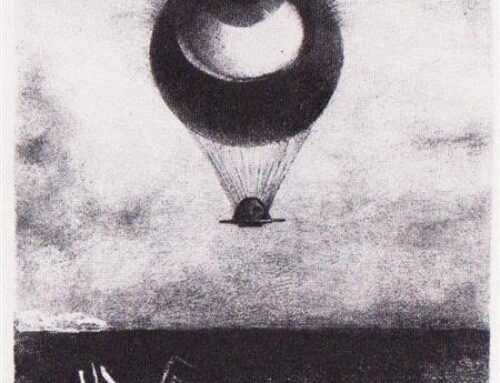In the second half of the 15th century, when incunables [early printed books] were being published, the medieval world was beginning to change into what scholars consider the early stages of modernity, a shift driven in part by the proliferation of a variety of printed texts. So, what do these texts—and especially those from The Huntington’s collections—reveal about the healing arts in this transformational time?
First, while important changes were indeed taking place, it would be erroneous to write off all that happened before as the “Dark Ages,” as has often unfortunately happened. The medicine bequeathed to 15th-century Europe was a complex mélange that drew most importantly from ancient sources such as the Roman physician Claudius Galen (129 CE–ca. 200/ ca. 216), the corpus of Greek texts attributed to Hippocrates (c. 460–c. 370 BCE), and pharmaceutical texts on so-called materia medica (medical material). Ancient medical knowledge was then preserved but also transformed in the medieval Islamicate world—the greater Mediterranean and western Asian regions influenced by Islamic civilization—by physicians such as al-Rāzī (or Rhazes; 854–925 CE), Al-Zahrawi (or Albucasis; 936–1013 CE), and Ibn Sina (or Avicenna; c. 980–1037 CE). Indeed, Ibn Sina’s five-volume Canon of Medicine was authoritative in both Islamic and European medicine for more than half a millennium and included advances in pharmacology and pathology, with particularly good descriptions of specific diseases….

The so-called “wound man” first appeared as early as the 14th century in manuscript form and was first printed in the Fasciculus Medicinae. The illustration shown here is from a remarkably rare vernacular Spanish translation of the Fasciculus from The Huntington’s collections that apparently only survives in six libraries throughout the world. Joannes de Ketham (active 15th century), Epilogo en medicina y cirurgia, Burgos, 1495. The Huntington Library, Art Museum, and Botanical Gardens.
Even so, while the mode of performing human anatomy changed only little, the manner of representation and dissemination made possible by the technology of printing was revolutionary. Taking a cue from Renaissance humanism—the 14th-century Italian revival in the study of classical Roman and Greek culture—with its increased attention to the human form, the Fasciculus contained the first printed illustrations of human anatomy, and the folio-sized schematic diagrams that were included in the numerous editions and translations of the text influenced generations of anatomists as well as artists.
Just as with anatomy, so too with medical botany: A continued emphasis on tradition was influenced by a growing interest in observation, experiment, and new modes of representation. One of the most popular and influential botanical texts from the era was the Gart der Gesundheit (Garden of Health), first published in 1485, which showed, for the first time in print, morphologically accurate depictions of plants in its hundreds of woodcuts. The illustrations were joined by extensive descriptions of the medicinal properties of each plant and were based almost entirely on ancient and medieval authorities….
Late medieval medicine, as recorded in medical incunabula, has borne its share of criticism, and much of it is valid. Bloodletting was likely not only ineffective but actively harmful to most patients, and the belief that human bodies are composed of humors governed by the stars has not been supported by modern medicine. Even so, the systems developed had an elegant coherence and considerable explanatory power, and the nascent empiricism evident in the texts was certainly influential in the emergence of the experimental science of the early-modern era.
Likewise, the specters of bloodletting and humoralism should not diminish the many effective diagnoses and treatments that were integral parts of medical practice. Surgeons cauterized wounds, extracted teeth, and amputated diseased limbs; midwives delivered children and cared for women through pregnancy and beyond; and physicians prescribed many remedies now known to be therapeutic.






Leave A Comment